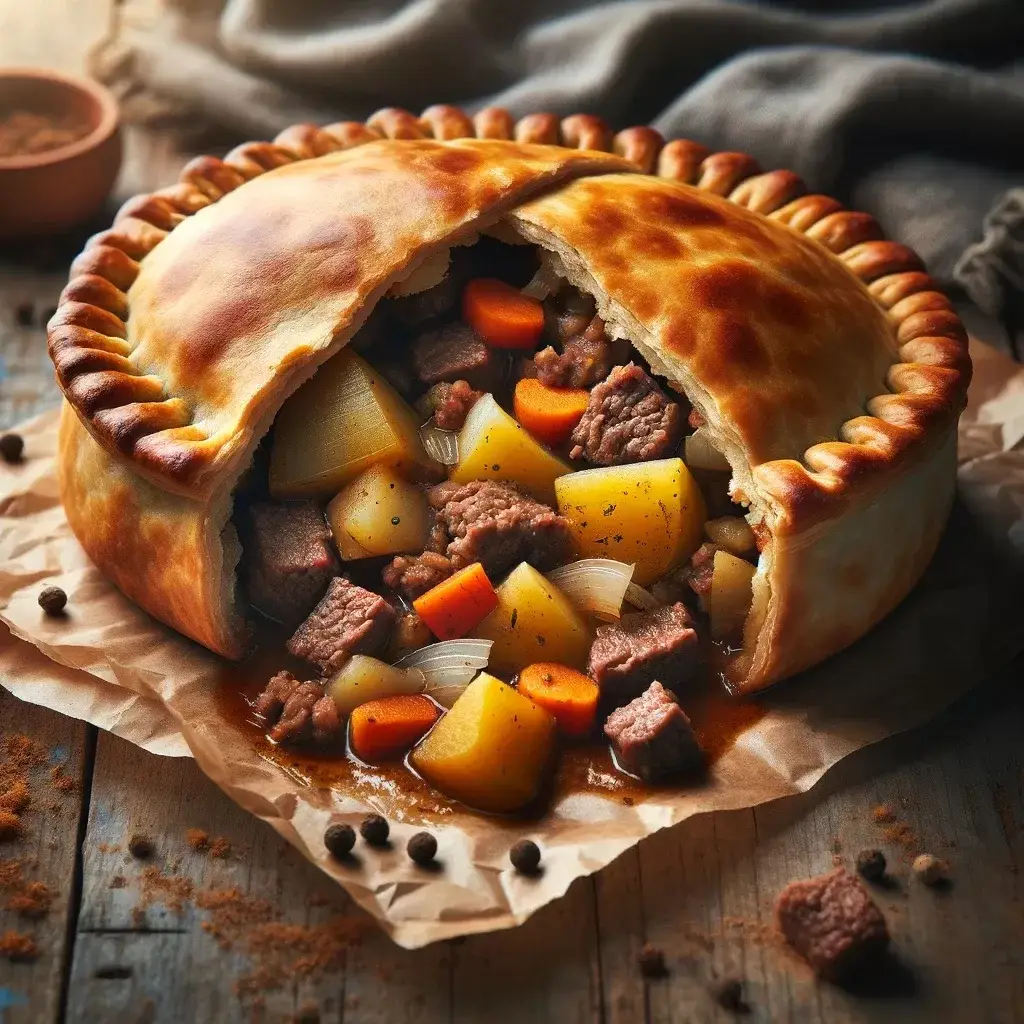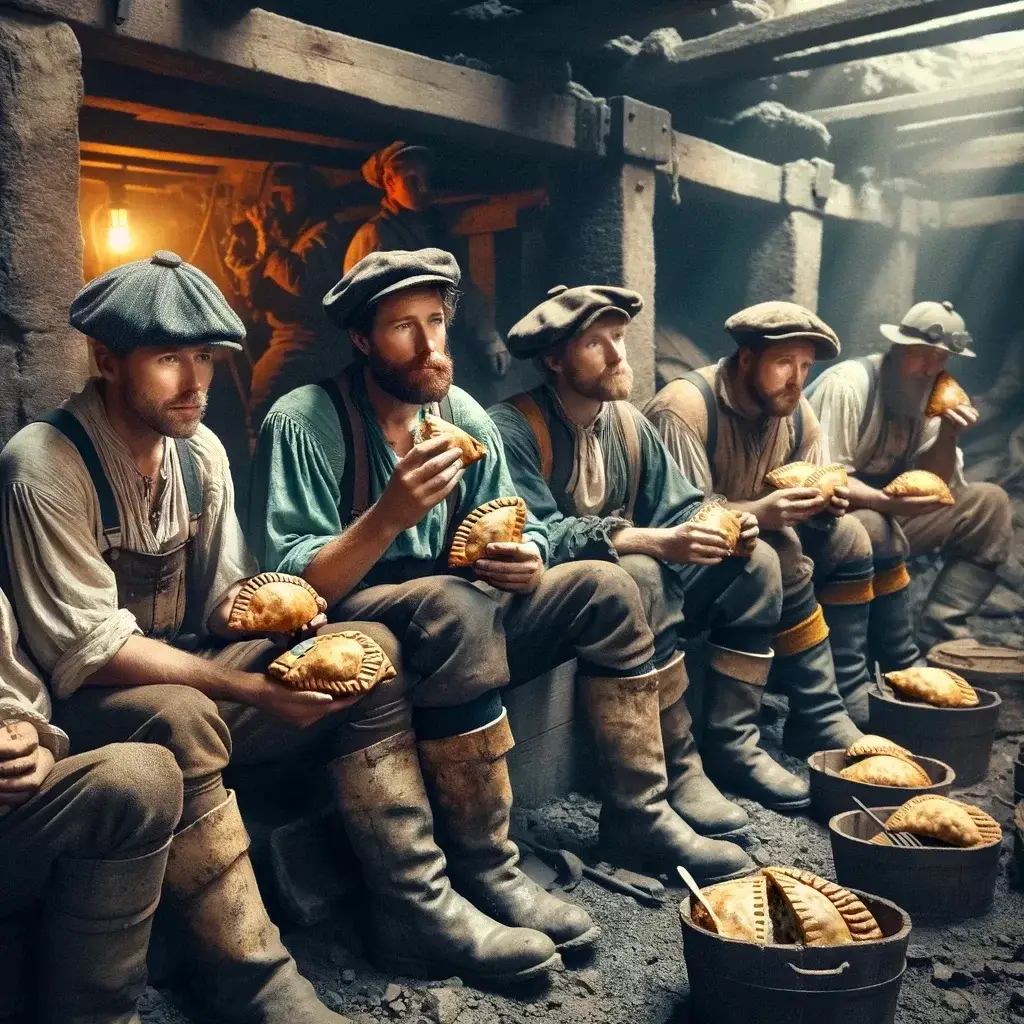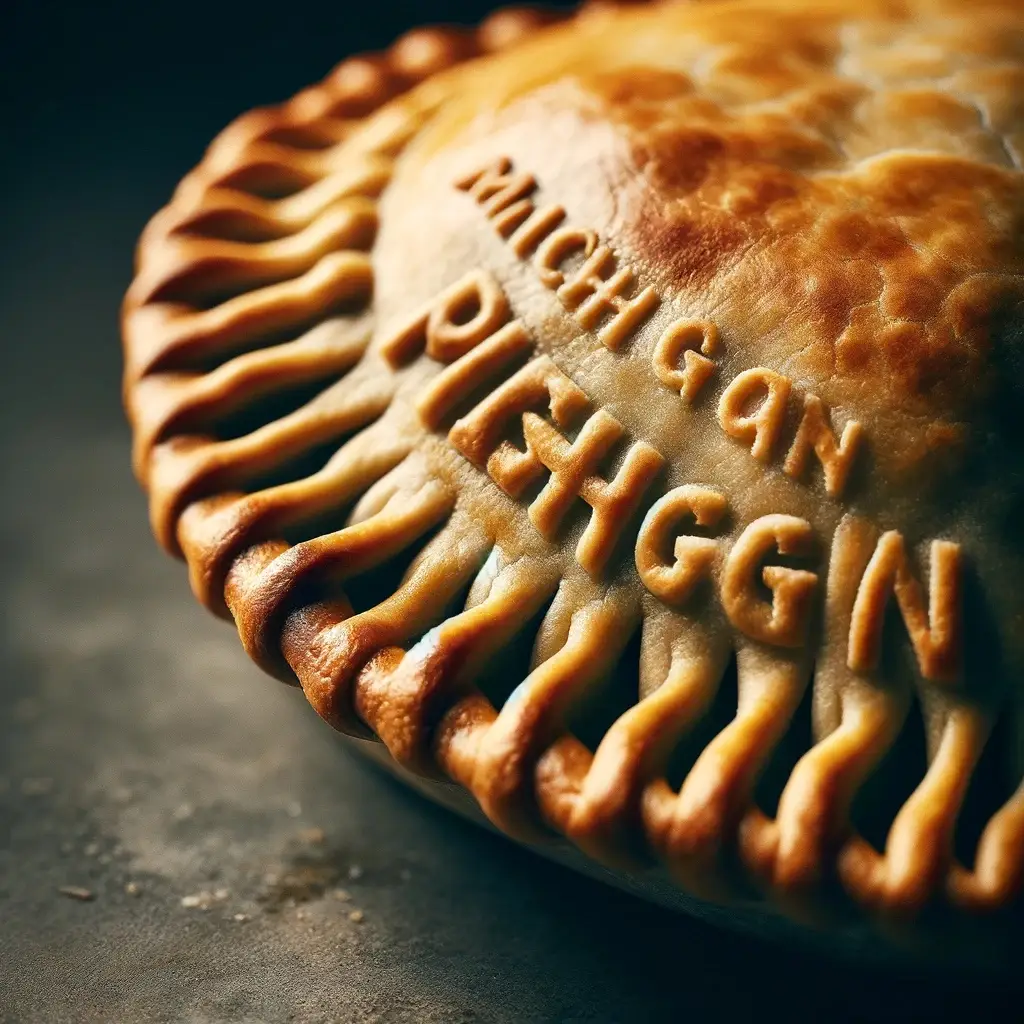The Michigan Pastie: A Culinary Journey from Cornish Tradition to Great Lakes Delight
The Michigan pastie (pronounced “pass-tee”) is a staple food that has woven its way into the fabric of the state’s culinary history, particularly in the Upper Peninsula. This hearty, handheld pie has its origins in the United Kingdom but has been adopted and adapted by Michiganders, making it a beloved local specialty. This article delves into the pastie’s origins, its historical significance in Michigan, the traditional ingredients used, and provides a classic recipe for you to try at home.
The Origins of the Pastie
The pastie’s journey to Michigan begins in Cornwall, England, where it was a common lunch for tin miners in the 17th and 18th centuries. The pastie’s design was practical: a thick crust on the edge allowed miners to hold it with dirty hands without contaminating their meal. When Cornish immigrants came to Michigan in the 19th century to work in the copper mines, they brought their pastie tradition with them.
Historical Significance in Michigan
In Michigan, the pastie quickly became a popular meal among miners for the same reasons it did in Cornwall: it was filling, easy to carry, and could be eaten without utensils. Over time, the pastie transcended its working-class origins to become a regional delicacy in the Upper Peninsula, affectionately known as the U.P. Today, it’s celebrated across the state, with many restaurants and bakeries offering their take on this classic dish.
Traditional Ingredients
A traditional Michigan pastie is made with a simple, buttery crust filled with diced or minced beef, potatoes, rutabagas (a key ingredient that distinguishes it from other meat pies), onions, and carrots. Seasoning is typically minimal, allowing the natural flavors of the ingredients to shine through. The mixture is then wrapped in a pastry shell, traditionally in a D-shape, and baked until golden brown.
A Classic Michigan Pastie Recipe
Ingredients:
- For the pastry:
- 3 cups all-purpose flour
- 1 cup shortening or unsalted butter
- 1/2 cup cold water
- 1 teaspoon salt
- For the filling:
- 1 pound beef (round or sirloin), diced into small pieces
- 1 large potato, peeled and diced
- 1/2 cup rutabaga, peeled and diced
- 1/2 cup onion, finely chopped
- 1/2 cup carrots, diced
- Salt and pepper to taste
Instructions:
- Make the pastry: In a large bowl, combine flour and salt. Cut in shortening or butter until the mixture resembles coarse crumbs. Gradually add cold water, stirring until the mixture forms a dough. Wrap in plastic and chill while preparing the filling.
- Prepare the filling: In another bowl, combine the diced beef, potatoes, rutabaga, onion, and carrots. Season with salt and pepper.
- Assemble the pasties: Preheat your oven to 375°F (190°C). Roll out the chilled dough on a floured surface. Cut into 6-inch circles. Place a portion of the filling on one half of each circle, leaving a margin at the edge. Fold the dough over the filling to create a semi-circle. Crimp the edges to seal.
- Bake: Place the pasties on a baking sheet lined with parchment paper. Make a small slit in the top of each pastie to allow steam to escape. Bake for about 45 minutes, or until the pasties are golden brown.
- Serve and enjoy: Let the pasties cool for a few minutes before serving. Traditionally, pasties can be enjoyed on their own or with ketchup or gravy.
Conclusion
The Michigan pastie is more than just a meal; it’s a testament to the state’s rich cultural tapestry and mining history. This savory pie connects Michigan to its Cornish roots while celebrating the local ingredients and flavors that make the Great Lakes State unique. Whether you’re a lifelong resident or a curious visitor, making and tasting a pastie is a delicious way to connect with Michigan’s culinary heritage.



